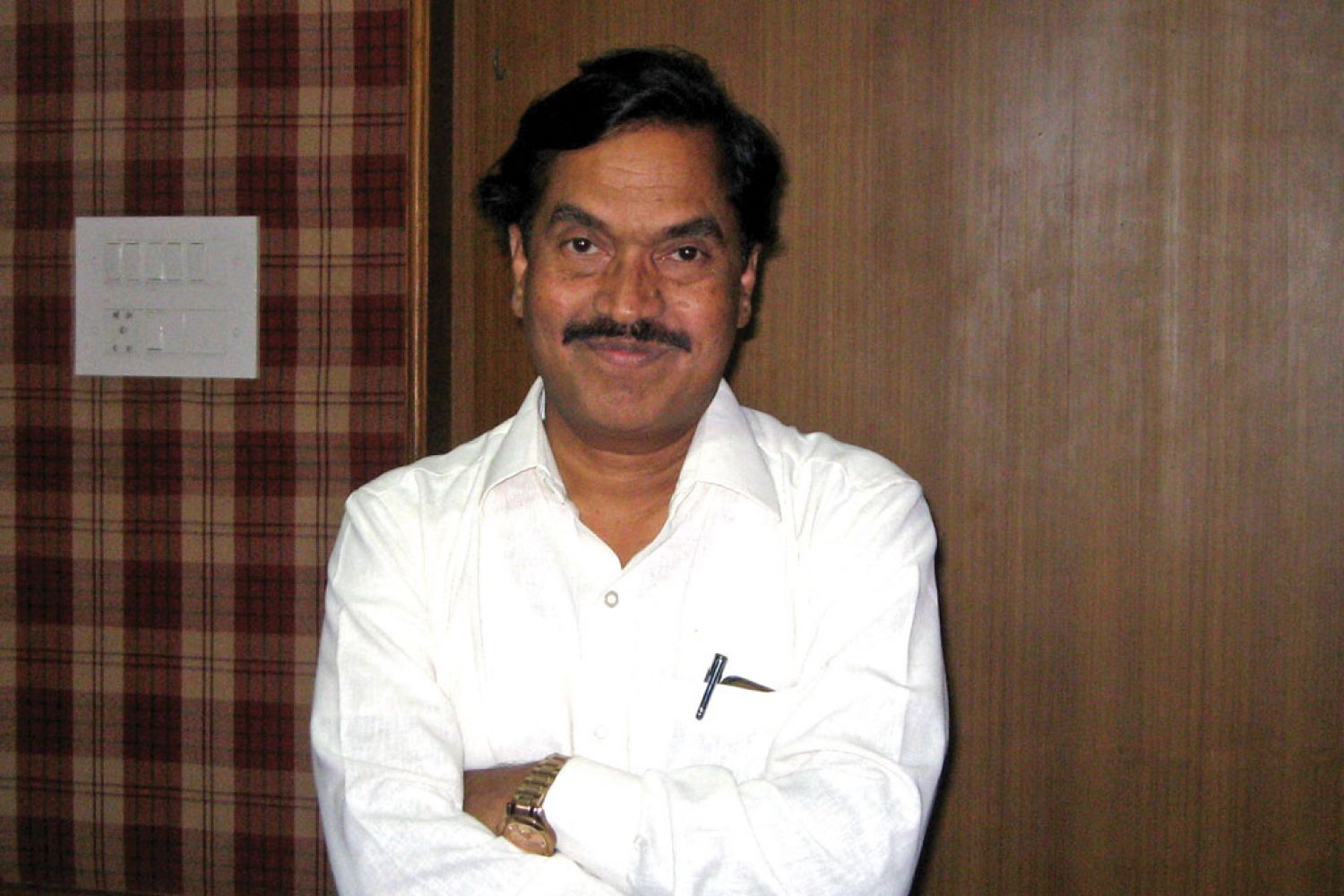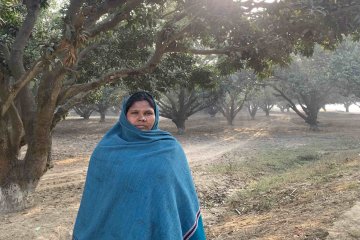
Pallavi (Chorus)Before you listen to a song, before you find yourself
grooving to its rhythm, long before you post it on YouTube, ping your friends
about it, and tweet your love for it, before you unspool the song to live
inside it, before you start to feel a little of your life story in the
song—long before all of that, there is an act of writing. In other words, the words.After the song swallows you whole, after you live inside it
for a brief period of time, long after you post it and tw





